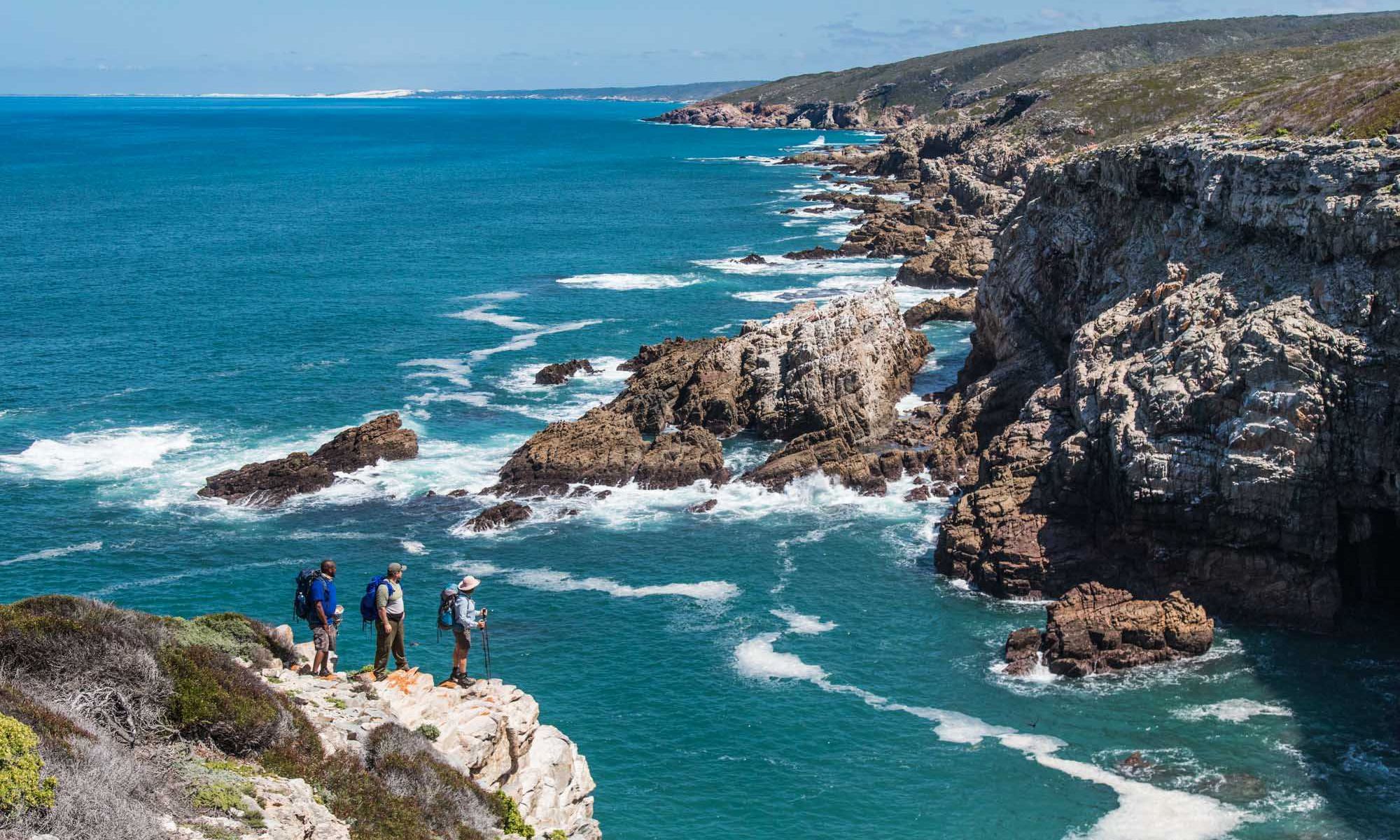Seeing Stripes: The Kammanassie Cape mountain zebra aerial survey
Spotting a zebra is something of a wonderous task for admirers of wildlife’s beauty, but monitoring of Cape mountain zebra populations provides vital information that is used to inform management decisions and actions and is one of the objectives of the gazetted Biodiversity Management Plan for this species.
Kammanassie Nature Reserve (27055.52 ha) in the Little Karoo is the stronghold for one of three distinct genetic stocks of Cape mountain zebra and serves as the backdrop for a recent survey of the species.
Ground surveys, using in-person and camera trap observations, are an essential part of CapeNature’s Cape mountain zebra monitoring programme. From photographs, individual animals can be identified based on their unique stripe patterns. This is being used to build up a photo-identification database for the Kammanassie population. The database has photos of 33 live zebra and gives information on age, sex and parentage of animals, herd dynamics, habitat use and more.
Aerial surveys, however, provide more complete estimates of the numbers of zebra and other game on and around this large and extremely rugged protected area, which has a restricted road network and limited accessibility. A 2018 aerial survey of the Kammanassie area recorded 37 Cape mountain zebra. In October this year, the survey was repeated over three days using the services of Mossel Bay Helicopters. Some CapeNature staff members provided important logistical and ground support. Others were treated to spectacular aerial views of the mountainous reserve as they acted as spotters, photographers, and data collectors.
An eagle-eye view of the Kammanassie Mountains
Some of the game species spotted during the survey were kudu, grey rhebok, eland, duiker, and gemsbok. Game numbers were generally low, but an impressive 57 Cape mountain zebra were counted. This is more likely to be an underestimate than an overestimate. Zebra photos taken during flights were compared with those in the photo-ID database, so that double-counts could be detected and corrected. The photos also provided a first update on stallion KCMZ_49, last seen when he was relocated from a high-risk area back to the nature reserve in October 2022. KCMZ_49 was spotted on the last day of the survey, just south of the nature reserve boundary, in the company of three other zebra.
Taking clear identification photos of moving zebra from the air requires a keen eye and fast reflexes, as evidenced by this photo taken by Conservation Assistant Methwin Human
Why was the zebra total so much higher in 2023 than in 2018? Rainfall on the western side of the survey area, where these animals are most often found, has decreased since 2013. Many of the springs in the mountains have dried up as a result, and because of over-abstraction of water — 64% of the 55 natural springs that are monitored every year have dried up completely. Zebra is in need of daily access to clean water, yet the Kammanassie zebra seem to be flourishing despite the dire water situation. This is, at least to some extent, because of management interventions. CapeNature has installed several artificial watering points on Kammanassie and there is camera trap evidence that zebra make use of these. The Kammanassie Nature Reserve team actively raises awareness about Cape mountain zebra and ten private landowners in the area have signed custodianship agreements, agreeing to implement best practice guidelines for zebra management.
Cape mountain zebra need daily access to fresh water and readily make use of artificial water points
Related News
How can I assist you today?
How can I assist you today?



